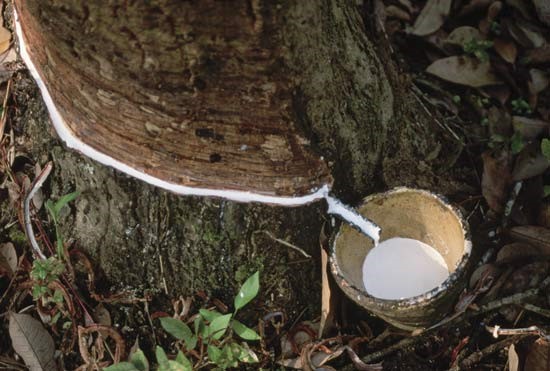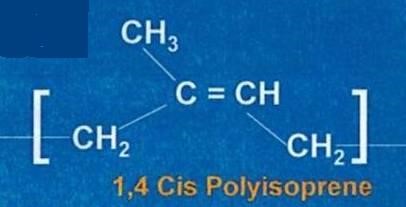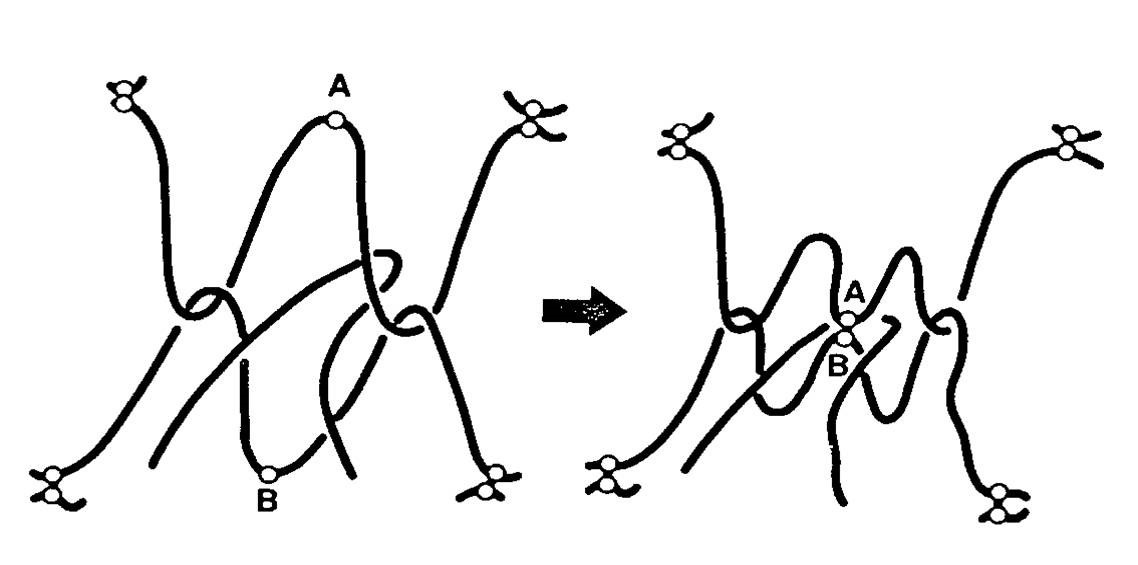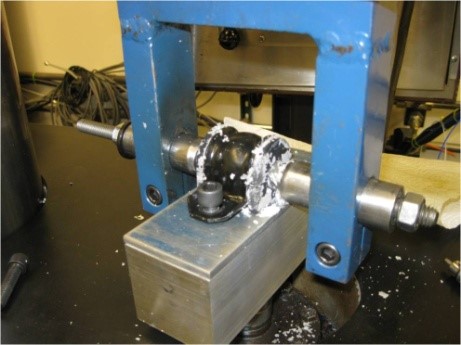Training for Bushing Compounding, Design and Testing
- the course
- course sections
- Section 1: Rubber Types and Compounds
- Section 2: Bushing Types and How to Manufactjure
- Section 3: Two Part Moldings and Hydro Bushings
- Section 4: Inner-Outer Metals and Adhesion Preparation
- Section 5: Bushing Static Rate Calculations
- Section 6: Finite Element Analysis
- Section 7: Static and Dynamic Testing
- Section 8: Vehicle Ride and Handling
- Section 9: Fatigue Methods
- Section 10: Examples & Miscellaneous
- Take the Course
- References
- Testing Services




